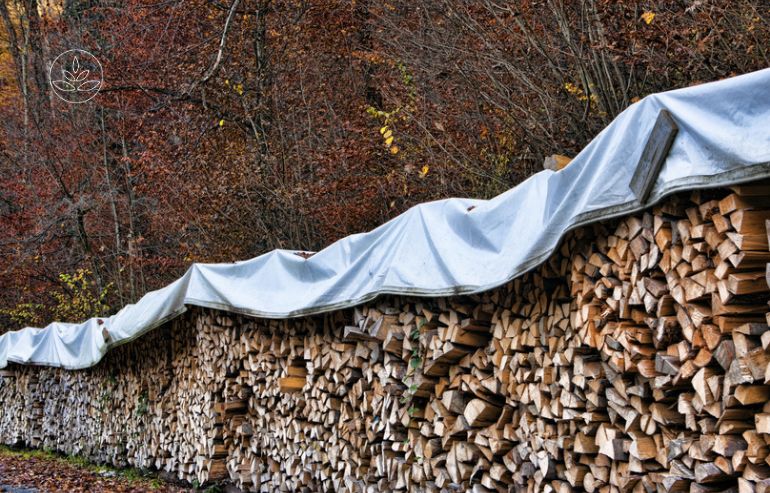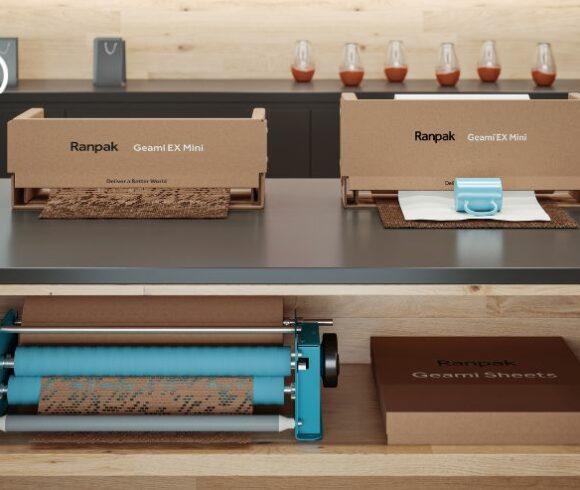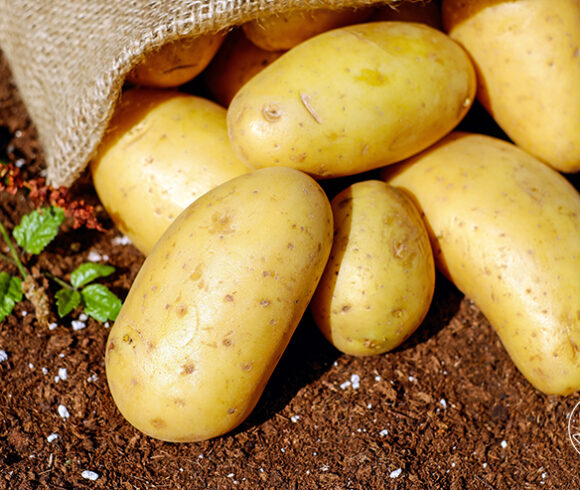Nov.
30
2023
30
2023

Tarpaulin is a particularly useful material that can offer protection in various weather conditions, including protection from dust.
Various types of tarpaulins are available on the market, thus, to choose the right one we should take into consideration various parameters, such as climatic conditions and what we want to cover with the tarpaulin.
Types of tarpaulins
There are four main types of tarpaulins, with different characteristics and uses:
- Cotton tarpaulin is a natural and lightweight material that breathes well but is not waterproof. It is suitable for light protection, against dust and sun.
- Polyethylene (PE) plastic tarpaulin is waterproof, durable, but does not breathe as well. It is a tarpaulin with high sunshine and rain resistance.
- PVC plastic tarpaulin is waterproof, but less flexible and is ideal for use in severe weather conditions.
- Canvas (woven) tarpaulin is durable, breathable, but needs additional treatment for waterproofing. It is suitable for general protection and outdoor use.
How I choose tarpaulin
To choose the right tarpaulin, it is important to know the following technical characteristics:
- Dimensions of the covering surface: depending on the surface we will need to cover, we choose the closest dimension, usually calculating plus 2 sq.m. to allow more space.
- The material of construction: we check the material we buy to ensure that is of high quality and provides durability over time. It is advisable to choose a tarpaulin that is weather resistant and waterproof for better protection.
- Certifications: we ask for certifications, especially if it is a waterproof tarpaulin.
- Hoops: we preferably choose a tarpaulin that has hoops to ensure greater security and ease during installation.
- Weight: always bear in mind that the heavier the tarpaulin, the more resistant is to abrasions, and weather conditions it is, which determines its purchase price.
- Color: the colors usually available on the market are white, blue and green.




